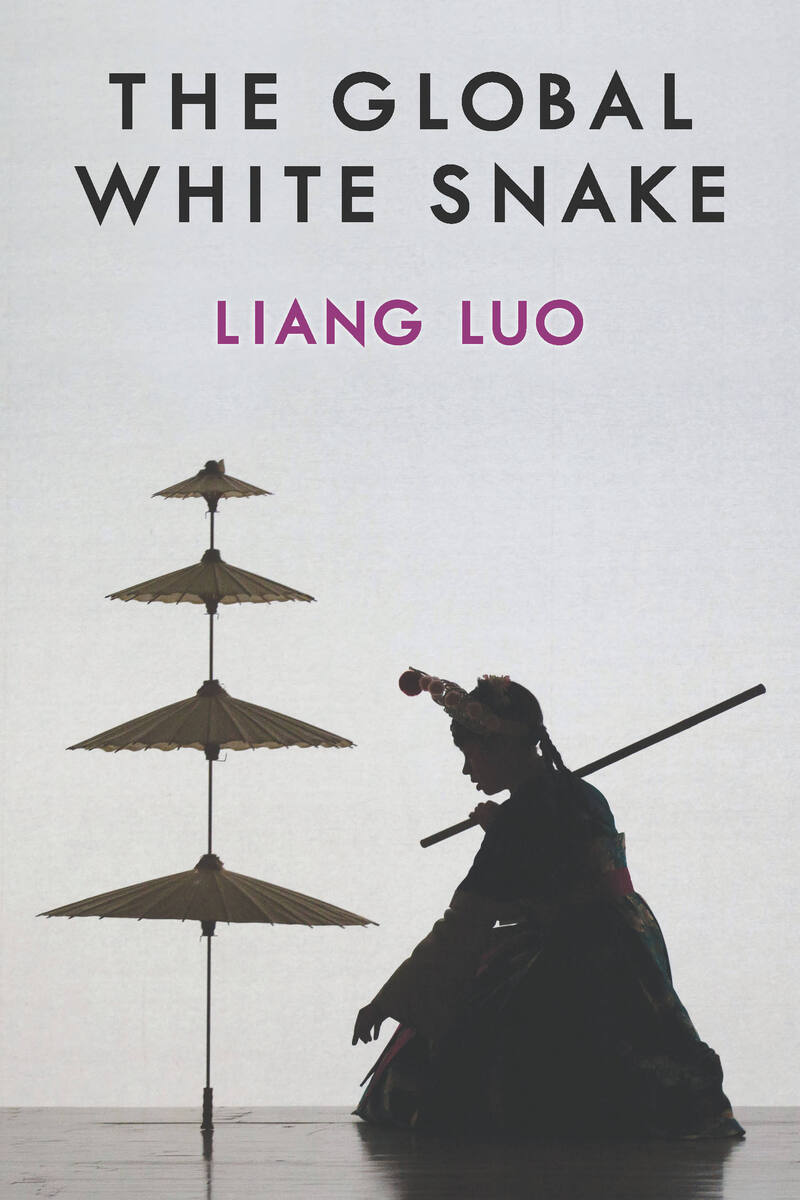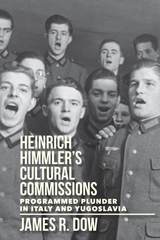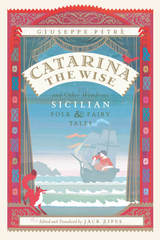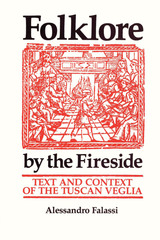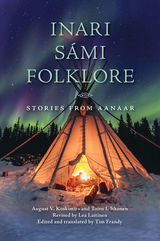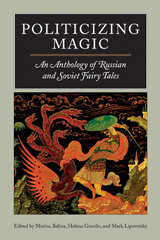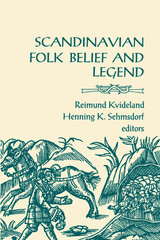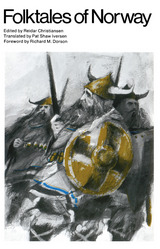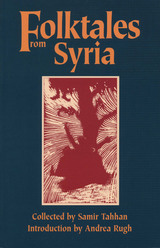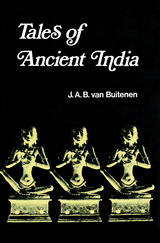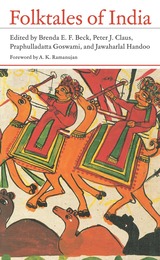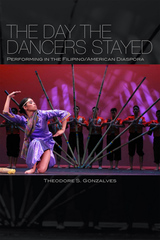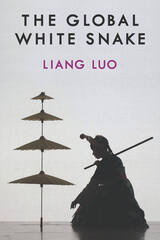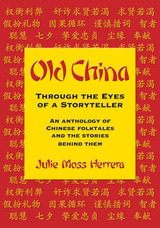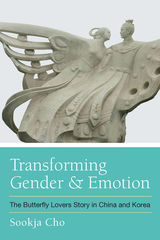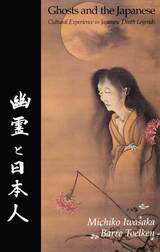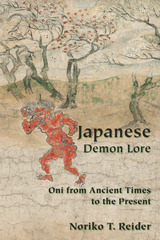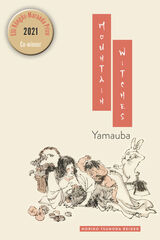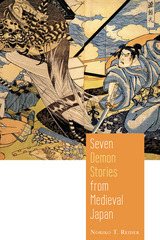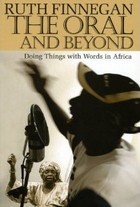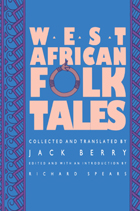Cloth: 978-0-472-13261-4 | Paper: 978-0-472-03860-2 | eISBN: 978-0-472-12915-7 (standard)
Library of Congress Classification GR335
Dewey Decimal Classification 398.4690951
The Global White Snake uncovers how the White Snake legend often acts as an unsettling narrative of radical tolerance for hybrid sexualities, loving across traditional boundaries, subverting authority, and valuing the strange and the uncanny. A timely mediation and reflection on our contemporary moment of continued struggle for minority rights and social justice, The Global White Snake revives the radical anti-authoritarian spirit slithering under the tales of monsters and demons, love and lust, and reminds us of the power of the fantastic and the fabulous in inspiring and empowering personal and social transformations.
Liang Luo is Professor of Chinese Studies at the University of Kentucky.
—Michael M.J. Fischer, author of Anthropology in the Meantime: Experimental Ethnography, Theory, and Method for the Twenty-First Century
—Wilt L. Idema, author of The White Snake and Her Son: A Translation of the Precious Scroll of Thunder Peak with Related Texts
—Chinese Literature: Essays, Articles, Reviews
—Asian Theatre Journal
—The Journal of Asian Studies
—American Review of China Studies
“The Global White Snake is an astonishing achievement, filled with dynamic examinations of the ancient legend and its many recent global adaptations. Blending insights from media theory, transnational literature, queer studies, folklore, and animal studies, this learned and accessible book shows how cultural objects move around the world and, just as important, how the world makes new meaning out of borrowed cultural objects. The capaciousness and fluidity of the white snake legend itself are matched only by the brilliance and generosity of the account Liang Luo offers in this book.”
—Peter J. Kalliney, author of Modernism in a Global Context
—Mark Bender, author of The Nuosu Book of Origins: A Creation Epic from Southwest China
—Leo Ou-fan Lee, author of Shanghai Modern: The Flowering of a New Urban Culture in China, 1930–1945
—Cha: An Asian Literary Journal
—Michael M.J. Fischer, author of Anthropology in the Meantime: Experimental Ethnography, Theory, and Method for the Twenty-First Century
—Wilt L. Idema, author of The White Snake and Her Son: A Translation of the Precious Scroll of Thunder Peak with Related Texts
—Chinese Literature: Essays, Articles, Reviews
—Asian Theatre Journal
—The Journal of Asian Studies
—American Review of China Studies
“The Global White Snake is an astonishing achievement, filled with dynamic examinations of the ancient legend and its many recent global adaptations. Blending insights from media theory, transnational literature, queer studies, folklore, and animal studies, this learned and accessible book shows how cultural objects move around the world and, just as important, how the world makes new meaning out of borrowed cultural objects. The capaciousness and fluidity of the white snake legend itself are matched only by the brilliance and generosity of the account Liang Luo offers in this book.”
—Peter J. Kalliney, author of Modernism in a Global Context
—Mark Bender, author of The Nuosu Book of Origins: A Creation Epic from Southwest China
—Leo Ou-fan Lee, author of Shanghai Modern: The Flowering of a New Urban Culture in China, 1930–1945
—Cha: An Asian Literary Journal
List of Figures
Chapter 1. Introduction to White Snake Legends
Gender and Species, Media and Politics
Metamorphoses and Regenerations
Legends of the White Snake
The Power of Transmigration
Aspirations in the Remaking of the Legends
Theoretical Implications
Part I. White Snake at the Turn of the Twentieth Century
Chapter 2. The White Snake Problem versus The White Snake Industry
The White Snake Problem
Inspirations from Kentucky
Mystery of the White Snake
Hangchow, the “City of Heaven”
The White Snake Industry
New White Snake Performances, 1870s to 1920s
The Popularity of jingju, tanci, and yueju
Stage Performance, Urban Gossip, Print Culture, and Intellectual Lamentations
Sounding the White Snake: Shaping New Media, New Practice, and New
Sensibilities
Rong Stage Dominates White Snake Performances
Concluding Remarks: The Fall of the Pagoda and the Burning of the Monastery
Chapter 3. Fall of the Pagoda and Rise of the White Snake: Visualization and Canonization
Fall of the Pagoda and the Visualization of a Vanished Past
Bricks, Scriptures, and Visuality: Relics from and Memories of the Thunder Peak
Legend, Art Photography, and War Drawing: Timely Journalism and Chinese Popular Imagination
Shadows of the Pagoda: Coming to Terms with the Fall through Visual and Textual Representations
The Rise of the White Snake and Canonization of “The White Snake Modern”
Lu Xun’s Verdict and The Righteous Snake on the Silver Screen
The Pagoda in the Film
Concluding Remarks: The White Snake Modern
Part II Profound Humanity of the Nonhuman during the Cold War
Chapter 4. The White Snake Legend in Postwar Japanese Cinema
Exquisite Paradise and Forbidden Love in Mizoguchi’s Ugetsu
Between Light and Shadow: Infinite Shades of Gray
Sound and Look of a Lady Wakasa Film: Pottery, Water, and Mutual Enchantment
White Pearl, Red Scarf, and “The Witchcraft of Love” in Byaku fujin no yōren
Red Scarf, Manifested Desire, and Significance of Color
Special Effects and Technologies of the “Witchcraft of Love”
From Hong Kong to Southeast Asia
Flowers, Animals, and Humans: Animating the White Snake Legend in Hakujaden
From Live-action to Animation
“Disney of the East” and Connections between China and Japan
Concluding Remarks: A Token of Love
Chapter 5. Reconfiguring the White Snake in Korean Cinema in an Inter-Asian Context
Sino-Korean Cinematic Connections
Shin Sang-ok and the 1960 Madam White Snake
The Shadow of Ugetsu and Holding Hands at First Sight
Dance to Seduce and Lovers’ Chat in a Moonlit Garden
Mutual Love and Devotion, and the Humanity of the Nonhuman
Humanity Aided by Special Effects
Shin’s Forgotten Second Attempt at a “White Snake” Film: Snake Woman in 1969
A Korea, Hong Kong, and Taiwan Coproduction? Love of the White Snake in 1978
The Taiwan Connection in the Context of a Hong Kong-Singapore Cinematic Matrix
Concluding Remarks: The Korean Connection in an Inter-Asian Context
Part III. The Specter of the Past in Contemporary Popular Culture
Chapter 6. Dancing White Snake, Writing Green Snake: Reconfiguring the Legend in Mainland China and Hong Kong
Writing and Dancing, the Text and the Body
The Expressiveness of the Hybrid Body and the Iconoclasm of the Green Snake
Writing Women of China
A Dancing White Snake: Centered on the “Untold Stories”
Writing, Dancing, and the Cultural Revolution as Memory and Imagination
Concluding Remarks: Lingering Echoes
Chapter 7. The White Snake Legend in the United States in the Twenty-First Century:
Opera, Drama, and Digital Video
From Chinese Legend to Pulitzer-Prize Winning Western Opera: Madame White Snake
Green Snake the Storyteller
Righteousness against Love, Truth against Freedom
The Singaporean and Mainland Chinese Origins
The Powers and Possibilities of Mary Zimmerman’s The White Snake
The Wuzhen Experience
More Inspirations from Kentucky Students
A Female Writer of Socialist China: Zhao Qingge and Her 1956 Novel
The CTC Production in Washington D. C.
Poetry, Photography, and Fashion: Digital Challenges from Indrani
Chapter 8. Nothing Ever Dies: The Eternal Bodies of the White Snake
Korean Webtoon Lady White and Her Afterlife in Chinese
The Return of the Powerful Hybrid in the 2019 Internet Drama Legend of White Snake
Queering an Icon, Becoming a Demon in the 2019 Animation White Snake: The Legend Begins
Everlasting Bodily Memory: From the 1992 New Legend of Madame White Snake to the 2016 Star of Tomorrow
The Bodies of the Green Snake and the White Snake
Concluding Remarks: The Multiplicity and Openness of the Eternal Bodies of the Snake Women
Notes
Selected Chronological List of White Snake Texts
Selected Bibliography
Glossary
Index
If you are a student who cannot use this book in printed form, BiblioVault may be able to supply you with an electronic file for alternative access.
Please have the accessibility coordinator at your school fill out this form.
It can take 2-3 weeks for requests to be filled.
See other books on: Bai she zhuan | Chinese | Legends | Snakes | Tales
See other titles from University of Michigan Press
